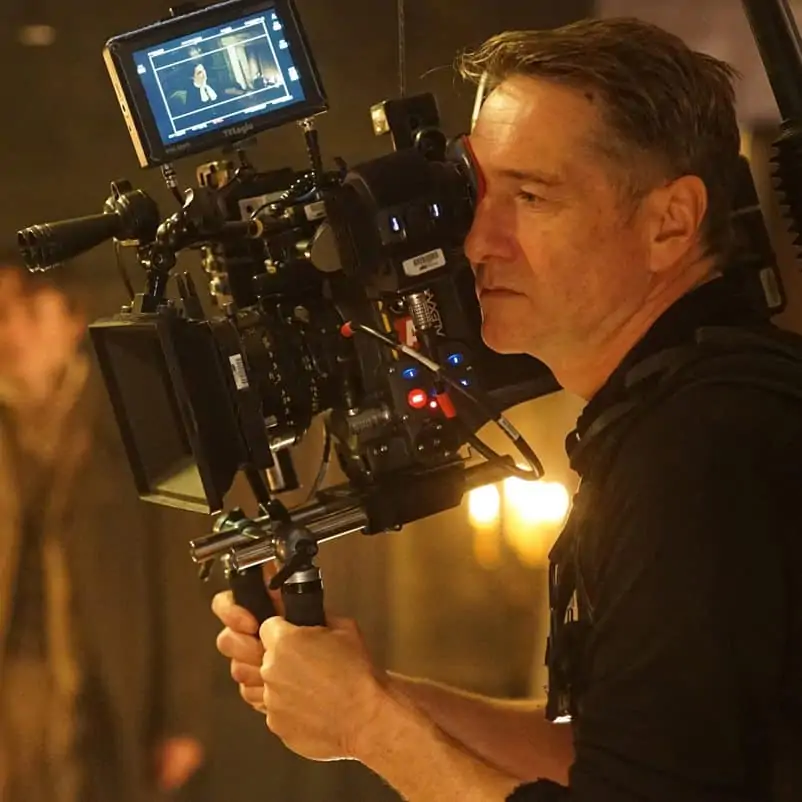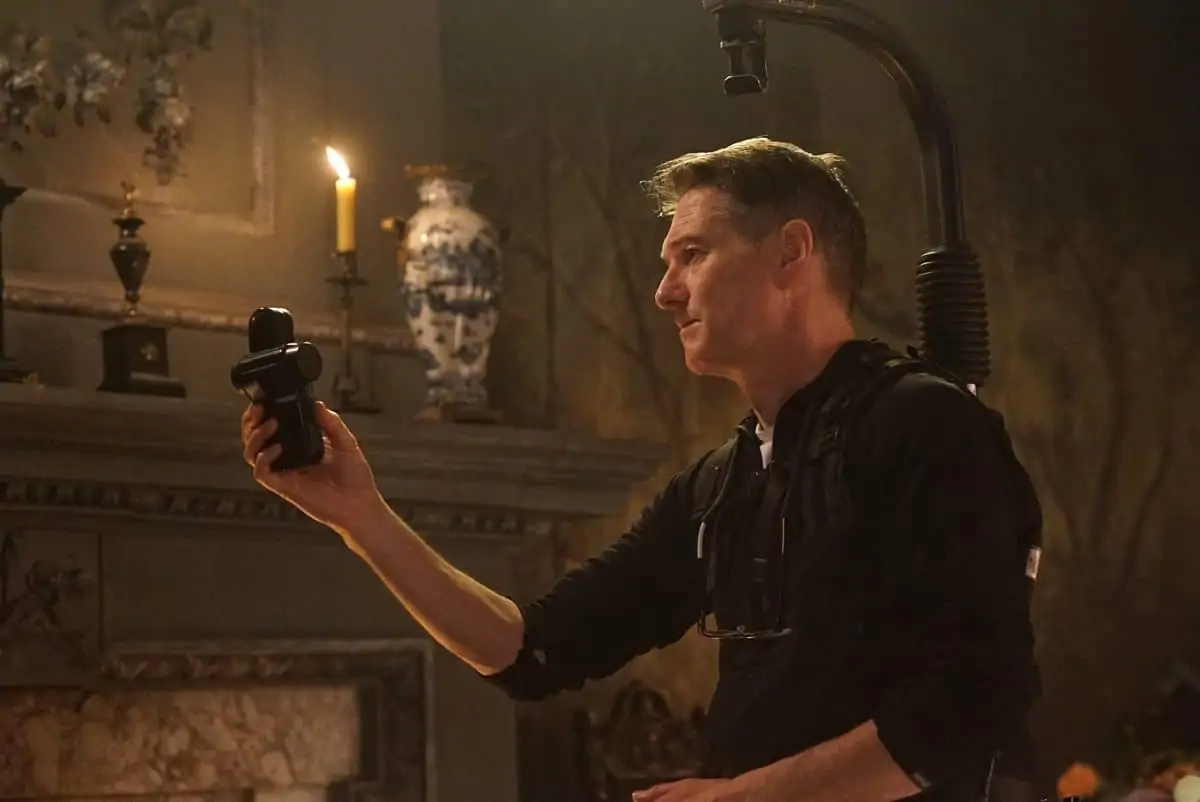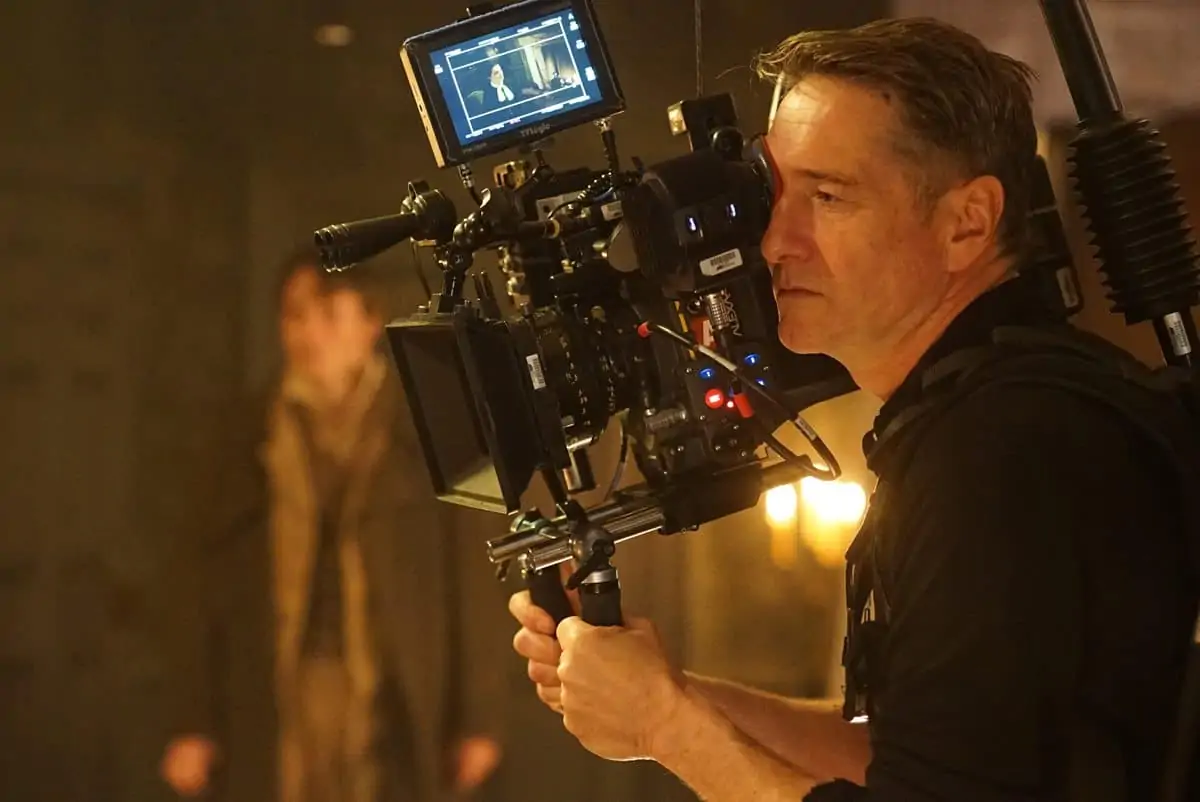The giving of gifts
President's Perspective / Mike Eley BSC
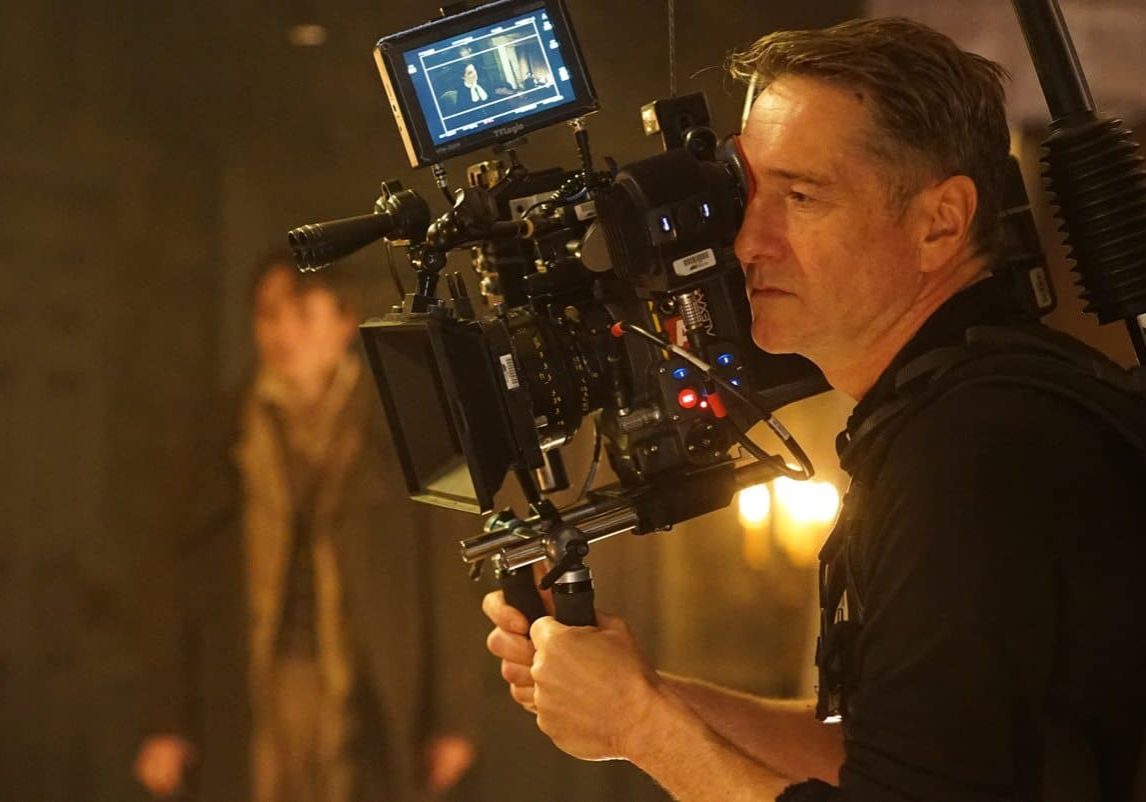
The giving of gifts
President's Perspective / Mike Eley BSC
This year marks the BSC’s 70th anniversary. In September of 1949, Bert Easey, then head of the camera department at Denham and Pinewood Studios, saw to fruition his idea of a British Society Of Cinematographers, similar in model to the then thirty year-old ASC.
Fifty-five of the UK’s working cinematographers came together, “to promote and encourage the pursuit of the highest standards in the craft of motion picture photography”.
There is a natural question to ask. What was it then that gave rise to such optimism and camaraderie?
Today, we look back at those times at a distance of seven decades and wonder at a Britain exhausted, near broken. The country was slowly rebuilding after a devastating six-year war; food rationing and a shortage of housing dominated the social and political landscape. Day-to-day life had been thrown up into the air like pieces on a board game, and where they fell was often arbitrary, resulting in many unexpected affiliations, relocations, marriages, collaborations and friendships. The UK’s gene pool broadened just a little bit wider after WW2.
But two significant things happened straight after the war that are relevant to us. In 1946, more people went to the cinema in the UK than at any time before or since. Reflecting the need for entertainment, diversion and, perhaps more importantly, somewhere to go on a date, over a billion and a half tickets were sold at the box office, a statistic that still staggers today.
The film studios had men and women returning from war and keen to work. There were fresh stories to tell and an industry ready to tell them. There was also more of an appetite for homegrown cinema, one not necessarily touched by Hollywood. It was as if the war had made us see ourselves anew and with added interest.
But it was what happened next, I think, that gave fresh impetus to the idea of a British society dedicated to “Preserving The Vision”. In 1947, two films made in the UK earned the ultimate accolade for cinematography on the world stage; David Lean’s Great Expectations, photographed by Guy Green, and Black Narcissus, made by Michael Powell and Emeric Pressburger and photographed by Jack Cardiff. Both won Academy Awards – the former won the category for a film shot in B&W, the latter for one shot in colour.
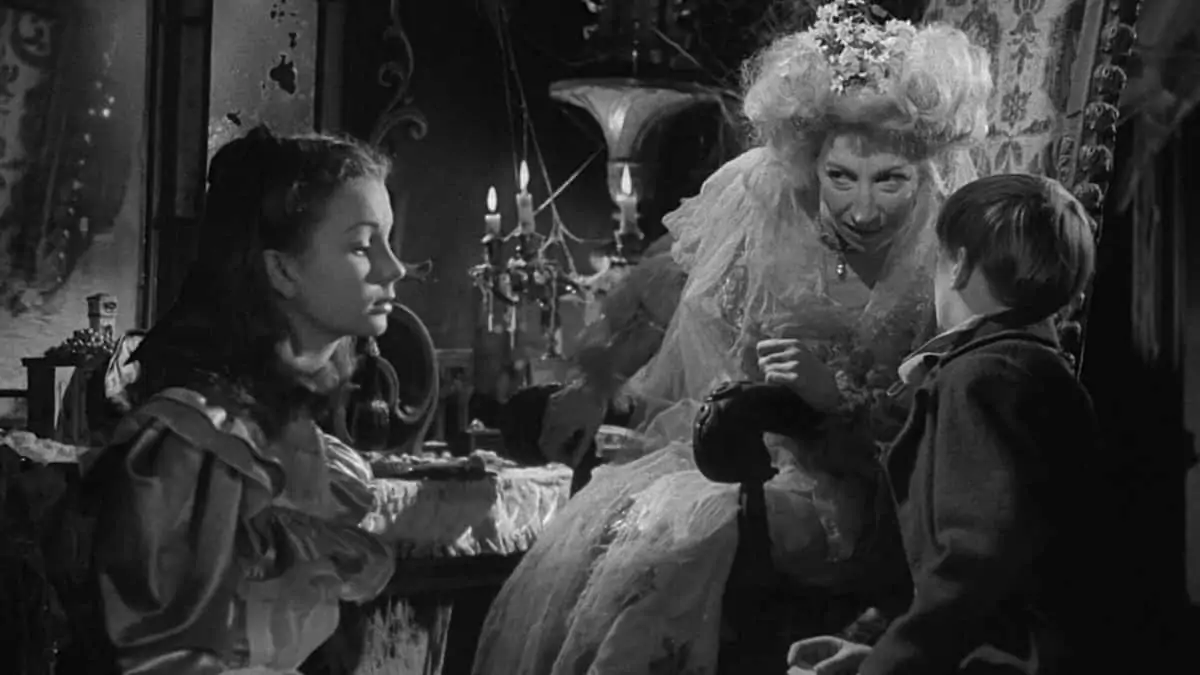
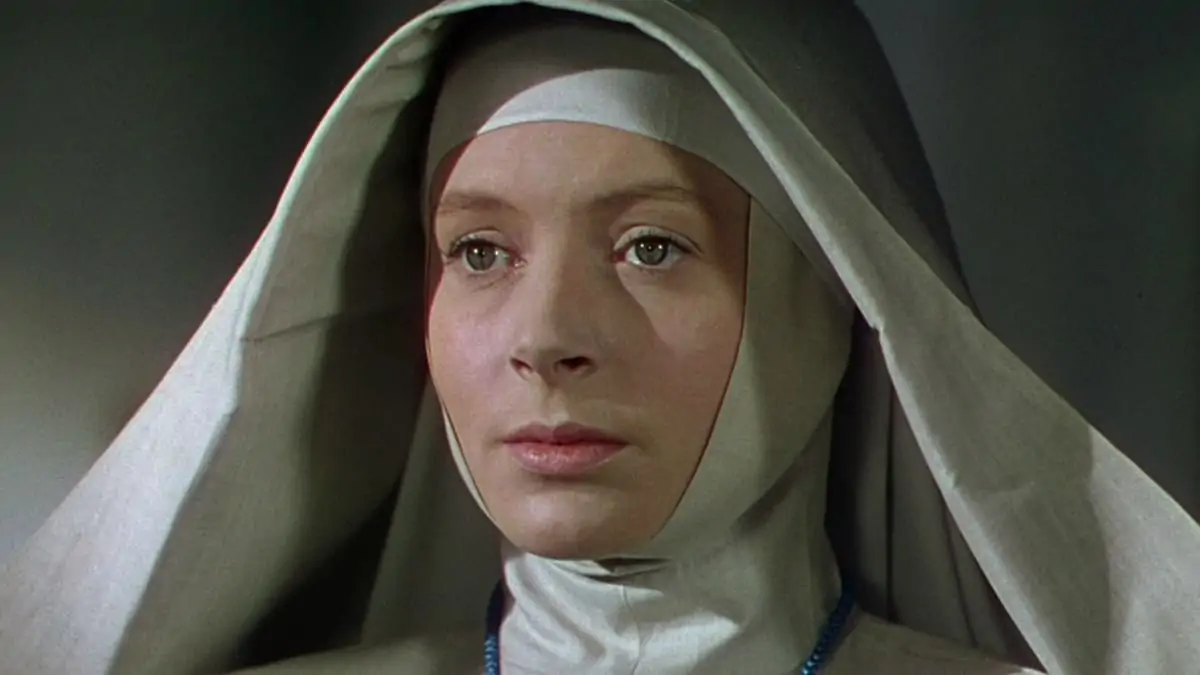
For me, those two films, twinned in time, represent a turning point for British cinematography. Each exemplify the traditions of innovation, craft, imagination and technical excellence. Also, they both contain a hint of the surreal, the absurd, the perverse – quintessential characteristics of postwar British entertainment. They were of these shores, and of their time, for sure, not least in the case of Black Narcissus, in which Jean Simmons was cast in the role of a young Indian woman! But, watching those films now, it’s almost like seeing producers, directors and cinematographers flexing their muscles, standing up straight and declaring, “This is us”. There is a confidence and boldness of vision, which must have been infectious.
The first few minutes of Lean’s Great Expectations features one of the most dramatic and heart-stopping ‘reveals’ in cinema history, the kind that can haunt for life any young soul that watches it. But the whole film is the very essence of atmospheric and is, to my mind, the Dickens screen adaptation. Lean went on to make movies that represent a high watermark for British, if not world cinema, giving epic scope to, amongst others, Freddie Young BSC, the BSC’s first president back in 1949.
Black Narcissus manages to worm its way into one’s subconscious to even greater depths. A delicious piece of Freudian melodrama from those two European filmmaking geniuses, Powell & Pressburger, is turned into stunning cinema by virtue of Jack Cardiff’s brilliant Technicolor work. Tasked with recreating the Himalayas in Pinewood Studios (and a Rhododendron garden in Horsham), Jack – along with production designer Alfred Junge and glass painter Percy ‘Poppa’ Day – created an aesthetic and atmosphere that still wows.
"In this anniversary year, I urge all who have not seen either Great Expectations or Black Narcissus on the big screen to do so, and to seek out many of the other, often hidden gems of British cinematography."
- Mike Eley BSC
Thus the seeds were sown for a British Society Of Cinematographers. And the amazing images and the awards have continued ever since, with BSC members, since the society’s inception, earning nineteen Academy Awards (alongside thirty-three nominations) and twenty-seven BAFTAs.
In this anniversary year, I urge all who have not seen either Great Expectations or Black Narcissus on the big screen to do so, and to seek out many of the other, often hidden gems of British cinematography. Let 2019 be a celebration of our work.
By way of a coda – and yet more reason to celebrate – 2018, though not quite matching 1946 for box office attendance, was the best year for cinema ticket sales for forty-seven years. Cinema lives!
Mike Eley BSC
President of the BSC
NB: It would be remiss of me not to mention that Robert Krasker BSC ASC was the original cinematographer on Great Expectations and is widely credited with the film’s opening sequence in the graveyard.

